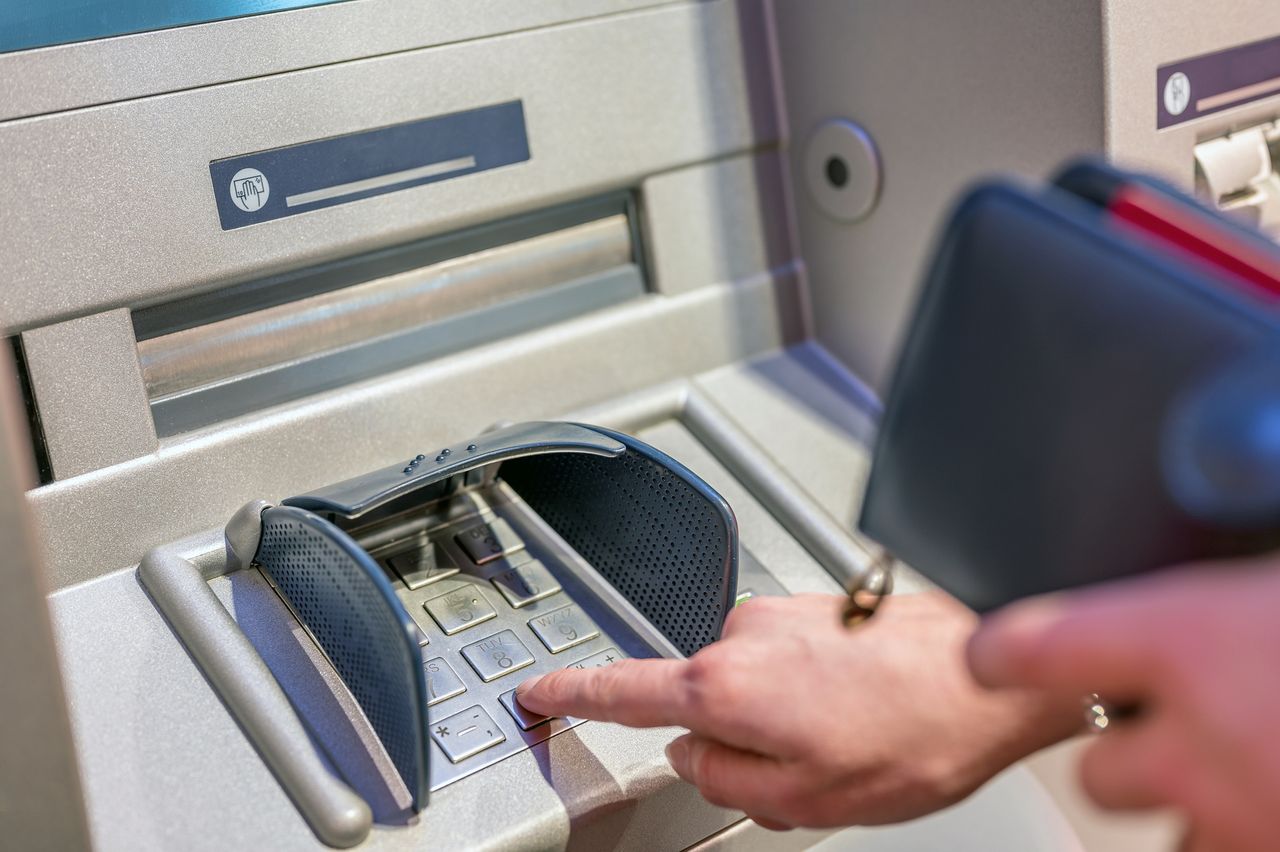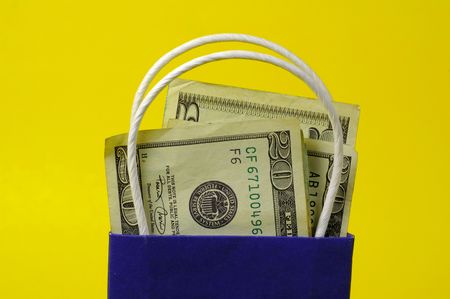Four Ways To Beat ATM Fees
Use these four strategies to avoid paying annoying ATM fees.


When you use an out-of-network ATM, you may be hit with a double whammy when it comes to fees, facing charges from both your bank and the ATM operator. In fact, a recent survey from Bankrate found that on average, you’ll pay a record-high $4.73 in total fees for an out-of-network transaction.
Want to hold on to that cash? Here are some tips for getting around those pesky fees.
Four ways to beat the fees
One way to beat the fees is to use ATMs within your financial institution’s network. Your bank may operate its own machines, participate in a broad network such as Allpoint or MoneyPass, or both.

Sign up for Kiplinger’s Free E-Newsletters
Profit and prosper with the best of expert advice on investing, taxes, retirement, personal finance and more - straight to your e-mail.
Profit and prosper with the best of expert advice - straight to your e-mail.
Citibank customers, for example, can withdraw cash fee-free from machines at Citi branches as well as at MoneyPass ATMs. Customers of Ally Bank, an online institution, can make surcharge-free withdrawals from ATMs in the Allpoint network.
Another option is to sign up for a checking account that reimburses out-of-network fees. TD Bank, for example, refunds such charges (and waives its monthly maintenance fee) if you have a minimum of $2,500 in its Beyond Checking account Online bank Axos Bank reimburses ATM fees with its Essential, Rewards and CashBack checking accounts — and the accounts charge no monthly fees.
A third trick: While you’re shopping, see whether you can get cash back at checkout when you make a purchase with your debit card. Target and Lowe’s, for example, allow this. This option usually comes with no fee, but stores commonly impose a limit of $40 to $50 per transaction.
If triggering out-of-network fees is unavoidable, consider withdrawing larger amounts of cash at each ATM visit to reduce the number of withdrawals you make and the amount of the fees you pay. If you need only $20 now, for example, take out $100 and save the extra money for later.
Bottom line
Planning is the key to avoiding ATM fees. While most merchants take credit and debit cards, there are times when only cash is accepted. Make note of these expenses and set a reminder to get some cash at your bank’s ATM or get cash back when you make a purchase. You could also use a petty cash box to keep some money around for those days when you are short on time and can’t make it to the bank.
Note: This item first appeared in Kiplinger's Personal Finance Magazine, a monthly, trustworthy source of advice and guidance. Subscribe to help you make more money and keep more of the money you make here.
Related Content
Get Kiplinger Today newsletter — free
Profit and prosper with the best of Kiplinger's advice on investing, taxes, retirement, personal finance and much more. Delivered daily. Enter your email in the box and click Sign Me Up.

Ella Vincent is a personal finance writer who has written about credit, retirement, and employment issues. She has previously written for Motley Fool and Yahoo Finance. She enjoys going to concerts in her native Chicago and watching basketball.
-
 Stock Market Today: Trump Pushes Dow Into 2,600-Point Swing
Stock Market Today: Trump Pushes Dow Into 2,600-Point SwingTariffs and trade war weigh on prices across global financial markets, with little light at the end of the tunnel.
By David Dittman Published
-
 Trump Administration Blocks Medicare From Covering Obesity Drugs — Why It Matters
Trump Administration Blocks Medicare From Covering Obesity Drugs — Why It MattersThe Trump administration has decided not to go forward with a proposal for Medicare and Medicaid to cover high-demand obesity treatments.
By Kathryn Pomroy Published
-
 ABLE Account: A Savings Tool to Empower People With Disabilities
ABLE Account: A Savings Tool to Empower People With DisabilitiesAn ABLE account can improve quality of life for individuals with a disability — it permits tax-free saving for ongoing expenses without jeopardizing benefits.
By Ella Vincent Published
-
 20 Ways to Clean Up Your Finances This Spring
20 Ways to Clean Up Your Finances This SpringSpring cleaning is therapeutic and stops costly problems from building up around the home. Why not tackle the dusty corners of your finances at the same time?
By Lisa Gerstner Published
-
 Planning Summer Travel? Use These Strategies
Planning Summer Travel? Use These StrategiesTo save money on summer travel, book your tickets well ahead of time, use technology and avoid popular destinations.
By Sandra Block Published
-
 The 'Concerning Trends' in Retirement Now
The 'Concerning Trends' in Retirement NowAmericans are less satisfied with their life in retirement and cite inflation and higher healthcare costs as just two of the problems they're facing.
By Janet Bodnar Published
-
 Private Jets Are Within Reach for Wealthy Retirees
Private Jets Are Within Reach for Wealthy RetireesRealizing an adult fantasy like booking a private jet doesn’t come cheap. But so what?
By Yvette C. Hammett Published
-
 An Inventory of What We’ve Endured: After the Wildfires
An Inventory of What We’ve Endured: After the WildfiresA traumatic experience like the California wildfires reminds us of other losses we've endured. But simple tasks return us to the present and drive away despair.
By Bob Sipchen Published
-
 The Benefits of Sharing a Joint Bank Account With Your Parents
The Benefits of Sharing a Joint Bank Account With Your ParentsOpening a joint account provides a way to monitor an older person’s finances.
By Ella Vincent Published
-
 Grandparents: How Do You Handle Gifts for the Grandkids?
Grandparents: How Do You Handle Gifts for the Grandkids?Can you give generously to grandkids without spoiling them or resorting to digital gifts? Here's how one grandmother and her friends have done it.
By Janet Bodnar Published